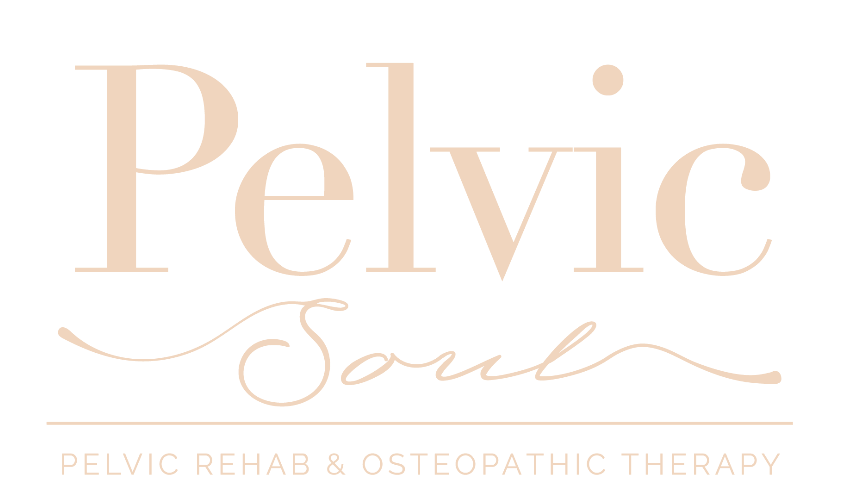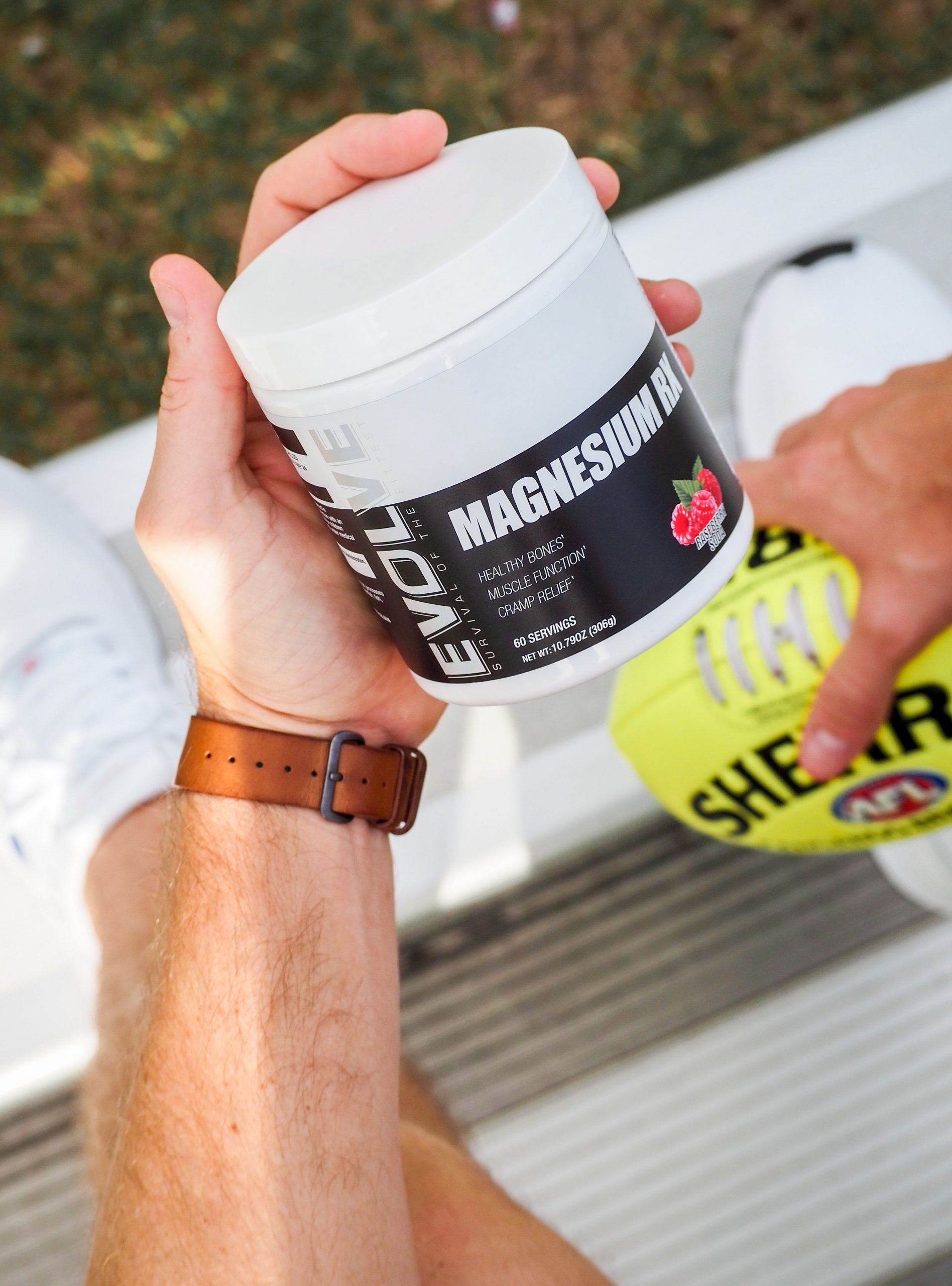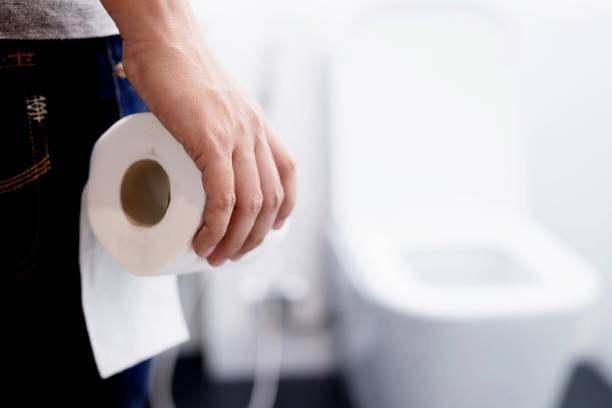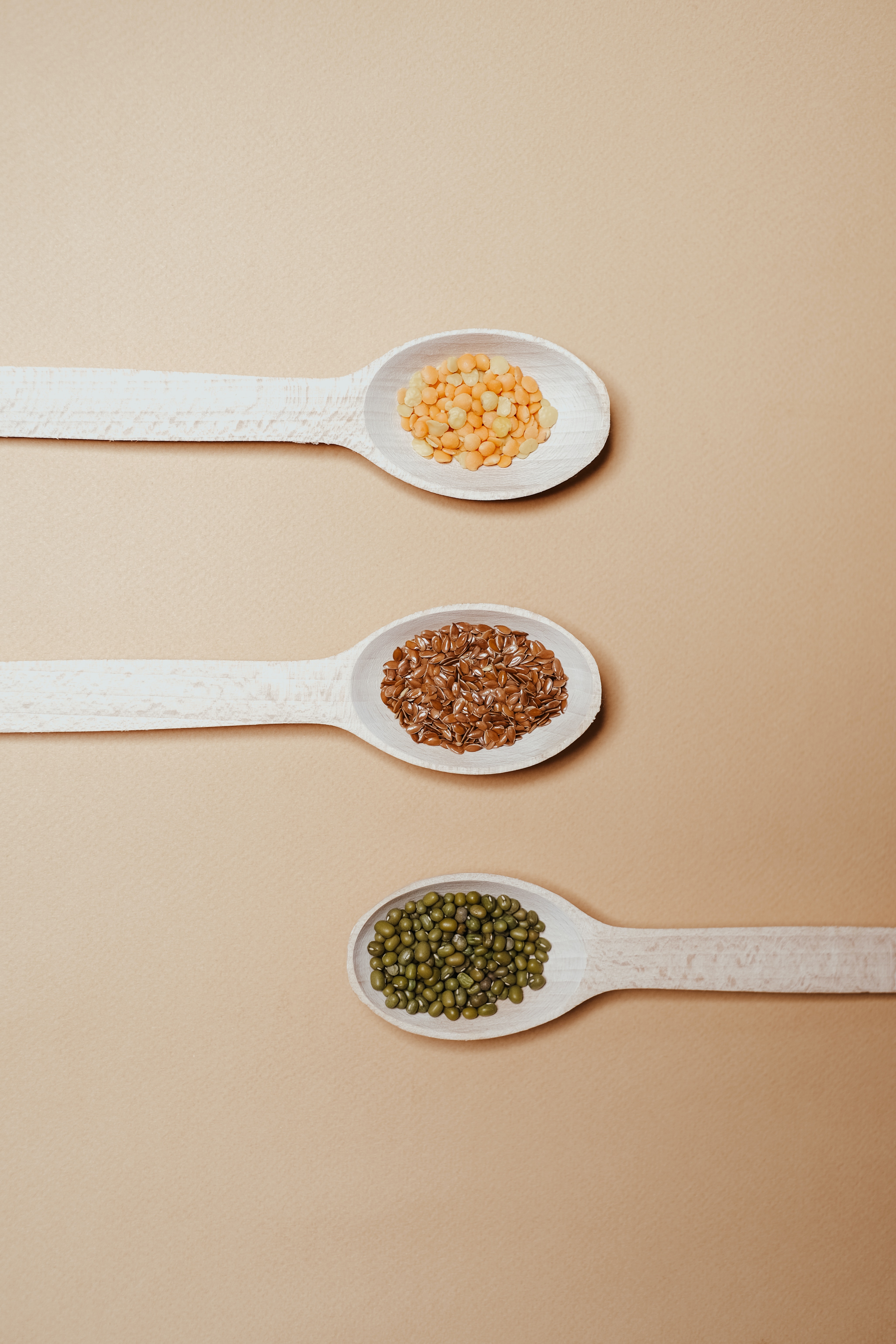Does Squatting live up to all the hype?

The easy answer based on research and personal clinical experience is – no, for most women in developed countries.
A study of almost 20,000 in Sweden found that squatting increased the risk of 4th degree perineal tears. The lithotomy position (laying on back with feet raised in stirrups) was the worst offender, closely followed by squatting.
Most women in developed countries don’t squat as part of their daily lives – so their perineums and pelvic floor muscles are not used to the significant stretch that squatting causes, likely increasing the risk of tearing with a squatting birth position.
As is almost always the case with pregnancy & birthing – there isn’t one *right* answer. Squatting may be a great tool for helping baby descend & engage in the pelvis, and even for birthing baby for some women. Many mothers will labor on the toilet as it can help with lengthening and opening up the pelvic floor, partly because we’re conditioned to release in this position when emptying our bladder and moving our bowels.
Here are a few things to consider before adding a squatting birth position to your birth plan. 
However, trying to birth in a squat, with no prior experience in maintaining the position for long durations of time may not be a great idea. A supported squat using a birth stool or an upright positioning device such as the CUB may be kinder on your pelvic floor than attempting to maintain an unsupported squat.
Anecdotal evidence shows that women experiencing undisturbed labor will adopt positions – asymmetrical kneeling (runner’s pose or Captain Morgan), hands & knees , or a kneeling squat – based on baby’s position in the birth canal.
While maintaining an upright birthing position is harder with epidural pain relief, the good news is that more and more hospitals are open to supporting mothers in various positions using birth beds and additional support through pillows, exercise and peanut balls. 


Please remember that no matter what position you birth in, sometime perineal tearing is part of the experience. Tearing does not mean a failure of your body or birth plan. The female body is designed to heal from the massive ebbs and flows that pregnancy & labor brings. Sometimes a little expert help with knowledge of nutrition, positioning & support, tissue protection and toileting habits may help your recovery be easier. We love working with Pregnant and Postpartum mothers to help them achieve their goal of pain-free and confident.




